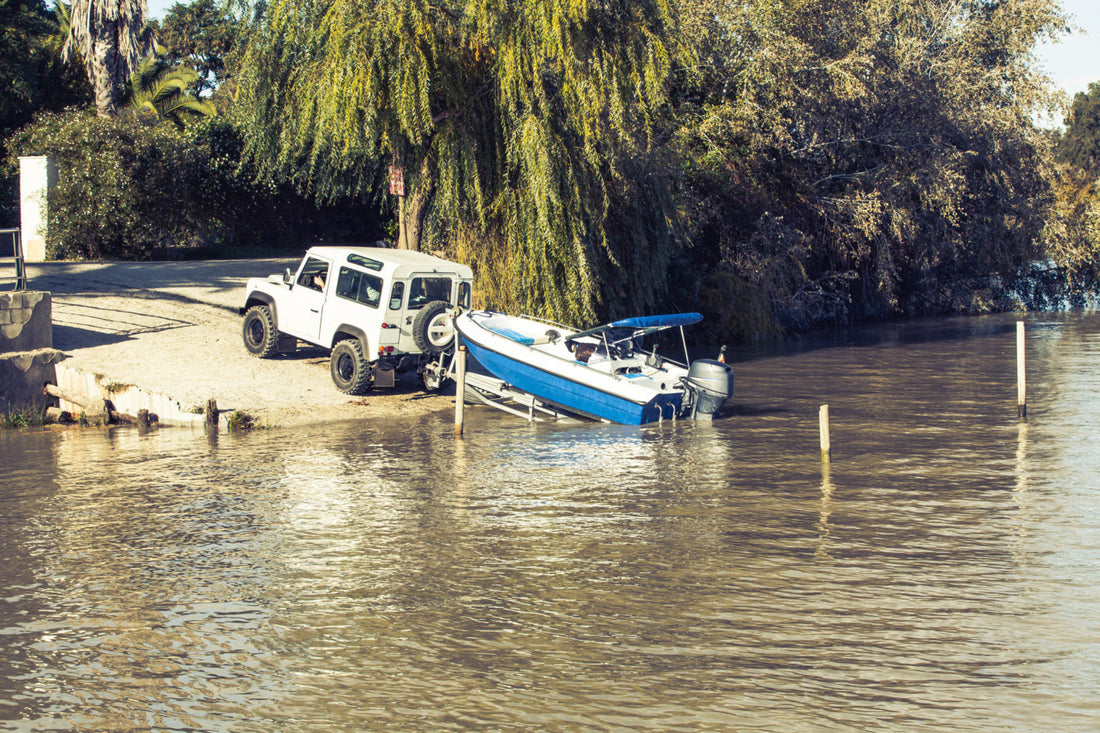Getting the boat from the trailer to the water - usually with the help of a boat jack - is one of those components of boating that everyone necessarily needs but hardly anyone thinks about. In a fairly typical scenario, the boat trailer jack is too small and underpowered compared to what is needed to safely move the boat
Boaters lavish attention on their craft, decking it out with new coats of paint or the latest electronic bells and whistles, already picturing themselves cruising through the water. Yet when it comes to transferring the boat from boat trailer to the water, the wrong tools for the job can complicate the process and possibly even lead to damage. To make sure that doesn’t happen to you, here are some general guidelines:
Related: Trailer mover electric
Know Your Boat Weight
Boaters should look at their boat’s “wet” weight - which includes the boat itself, plus all loaded gear and fuel weight - when determining the size of the trailer jack they will need for their boat. It is important to distinguish this wet weight from the dry weight, which is the factory-stated weight without any fuel or extra rigging. In other words, don’t rely on your boat brochure when selecting the boat trailer jack. Boating fuel weighs around 7 lbs per gallon, so depending on the size of your craft’s fuel tank capacity, it can weigh 500 lbs or even more when fully loaded!
Why is it important to know the boat weight? Because when selecting a tongue jack, you need to be sure the maximum weight of the boat trailer can be supported. As a general rule, a tongue jack should be capable of lifting at least 10% and preferably 15% of your trailer weight. That means if your trailer is 5,000 lbs all-in (which is common when you add in bathroom / shower / sink water) your tongue jack should be rated for at least 500-750 lbs.
Related: Drill-Powered trailer jack
Know Your Trailer Frame Size
Did you know that most states consider trailers over 8½ feet of length “oversize” and subject to additional restrictions? States also regulate the maximum length of the boat trailer, and the maximum length of trailer and tow vehicle, although there is more variation there. Jacking up longer boat trailers is more complex, as they tend to have more uneven weight distribution and dual wheel designs. Even more importantly, boaters should know the width of their trailer frame where the bracket mounts - most jacks are designed to fit frames only up to 3 inches wide and 5 inches tall, and boaters with trailers outside of those dimensions will have to make sure the trailer jack can be adjusted to fit the larger frame.
Know Your Hitch Height
Obviously you want your trailer jack to safely hitch and unhitch the trailer to the ball mount of the tow vehicle, but how high is that anyway? And how much higher should the jack be able to lift the trailer? The answer to those questions will help you figure out how high of a lift you will need from your jack.
Most trailer hitch receivers are mounted around 14 inches off the ground, though the ball mount sizes that go into it can vary the height significantly. To figure out the proper lift height needed, you first have to measure your tow vehicle hitch height, and then add 4 - 5 inches on top of that.
Shop: 4 Inch Drop Hitch
The Most Important Measurements of a Trailer Jack
To sum up, the three most important attributes of a boat trailer jack that you need to know about are: 1) its weight capacity, 2) its bracket size, and 3) it's lift height. Remember that the jack doesn’t need to lift the entire trailer up, only the trailer tongue, which is around 10-15% of the total weight. The standard jack bracket should fit most frames, but if the frame is larger than 3 inches in height or 5 inches in depth, you will need a jack with an adjustable bracket. As for the lift height, boat trailer jacks typically employ a combination of a drop leg and inner tube extension to create the total lift. Keep in mind those three attributes will help you select the best jack for your boat trailer.

